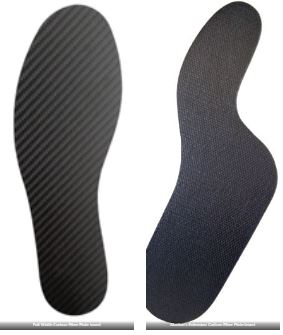Restless Legs Syndrome (RLS), also known as Willis-Ekbom Disease, is a neurological disorder that manifests as an irresistible urge to move the legs, often accompanied by uncomfortable sensations. The condition affects individuals of all ages and can significantly impact their quality of life. Despite its prevalence, the exact cause of RLS remains elusive, making it a challenging disorder to understand and manage effectively.
Symptoms:
The hallmark symptom of RLS is the compelling urge to move the legs, typically triggered by rest or inactivity. Individuals with RLS often describe uncomfortable sensations such as tingling, crawling, or itching deep within their legs. These sensations intensify during the evening and night, leading to difficulty falling or staying asleep. The discomfort associated with RLS can vary widely, ranging from mild to severe, and may significantly disrupt daily activities.
Prevalence:
RLS is a common disorder, with estimates suggesting that up to 10% of the population may be affected. The prevalence increases with age, and women are more commonly affected than men. While RLS can occur at any age, it often goes undiagnosed, as individuals may not recognize the symptoms or may be hesitant to discuss them with healthcare professionals.
Etiology:
The precise cause of RLS remains unclear, but a combination of genetic, environmental, and neurological factors is believed to contribute to its development. Research suggests a strong familial predisposition, indicating a genetic component. Additionally, abnormalities in dopamine, a neurotransmitter involved in movement control, have been implicated in the pathophysiology of RLS. Iron deficiency, pregnancy, and certain medications are recognized as secondary triggers or exacerbating factors.
Diagnosis:
Diagnosing RLS can be challenging due to its subjective nature and the absence of definitive laboratory tests. Healthcare professionals typically rely on a thorough clinical history and evaluation of symptoms. The International Restless Legs Syndrome Study Group has established criteria for diagnosing RLS, emphasizing the characteristic urge to move the legs and the relief experienced with movement.
Management:
While there is no cure for RLS, various treatment options aim to alleviate symptoms and improve quality of life. Non-pharmacological approaches include lifestyle modifications, such as regular exercise and avoidance of stimulants like caffeine and nicotine. Medications that affect dopamine levels in the brain, such as dopaminergic agents, are commonly prescribed. Iron supplementation may be recommended for individuals with identified deficiencies.
Conclusion:
Restless Legs Syndrome remains a complex and enigmatic disorder that poses challenges for both patients and healthcare professionals. Advances in research continue to shed light on its underlying mechanisms, offering hope for more targeted and effective treatments in the future. Increased awareness, improved diagnostic criteria, and a multidisciplinary approach are essential in addressing the impact of RLS on individuals’ lives and advancing our understanding of this intriguing neurological disorder.

